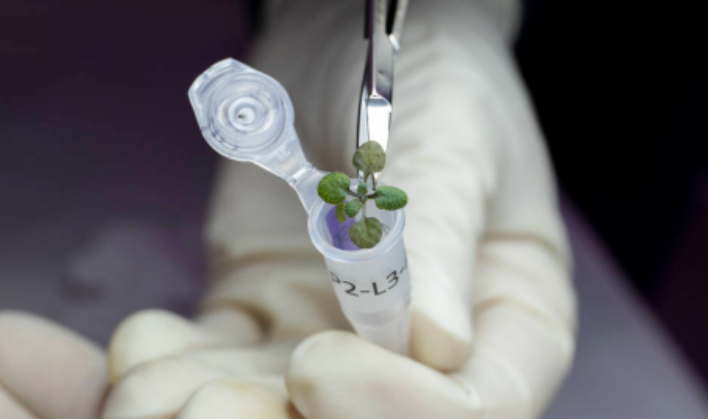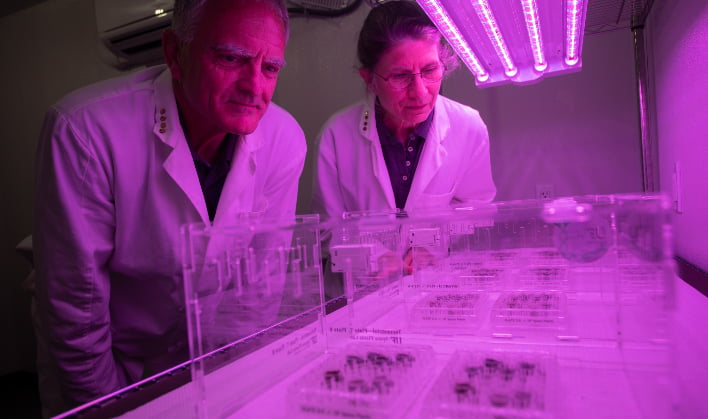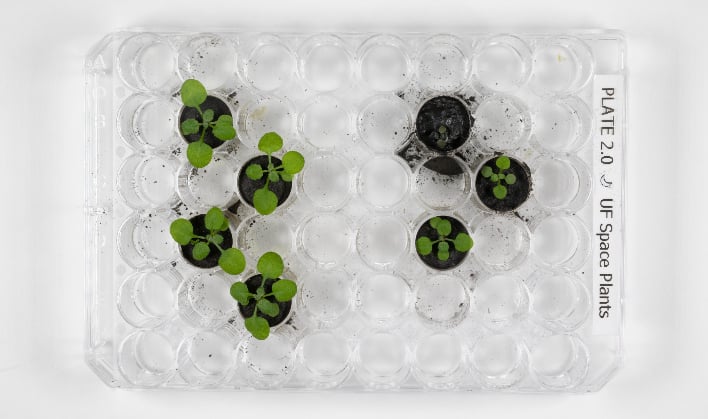Moon Greenhouses An Exciting Viable Food Source As Researchers Grow Plants In Lunar Soil

UF researchers have shown that plants can successfully be grown in lunar soil, according to a new paper published in the journal Communications Biology. The study also looked at how plants respond biologically to the lunar soil, also known as regolith, which is vastly different from the soil found on Earth.
As the Artemis program aims to put humans back on the surface of the moon, and to one day build a moon base, the research is one step toward growing plants for food and oxygen on the moon.

According to Anna-Lisa Paul, also one of the study's authors and a research professor of Horticulture Sciences in UF/IFAS, plants have played an important role since the early days of lunar exploration. "Plants helped establish that the soil samples brought back from the moon did not harbor pathogens or other unknown components that would harm terrestrial life, but those plants were only dusted with the lunar regolith and were never actually grown in it," Paul remarked.
Ferl points out that future missions may use the moon as a hub or launching pad. Therefore it would make sense that we are capable of using the soil that is already there to grow plants. "What would plants do in a lunar greenhouse? Could we have lunar farmers?" Ferl pondered.
Researchers were concerned that the seeds would actually sprout in the lunar soils, but nearly all of them did.
"We were amazed. We did not predict that," Paul stated. "That told us that the lunar soils didn't interrupt the hormones and signals involved in plant germination."

Ferl and Paul noted that how plants respond to lunar soil could be linked to where they were collected. Plants that experienced the most signs of stress were grown in what is called mature lunar soil. Mature soil samples are those that have been exposed to more cosmic winds, which alters their makeup. Plants grown in less mature soil seemed to fair better.
Follow up studies will build on a few questions. "The moon is a very, very dry place. How will minerals in the lunar soil respond to having a plant grown in them, with the added water and nutrients? Will adding water make the mineralogy more hospitable to plants?" Stephen Elardo, an assistant professor of Geology at UF said.

